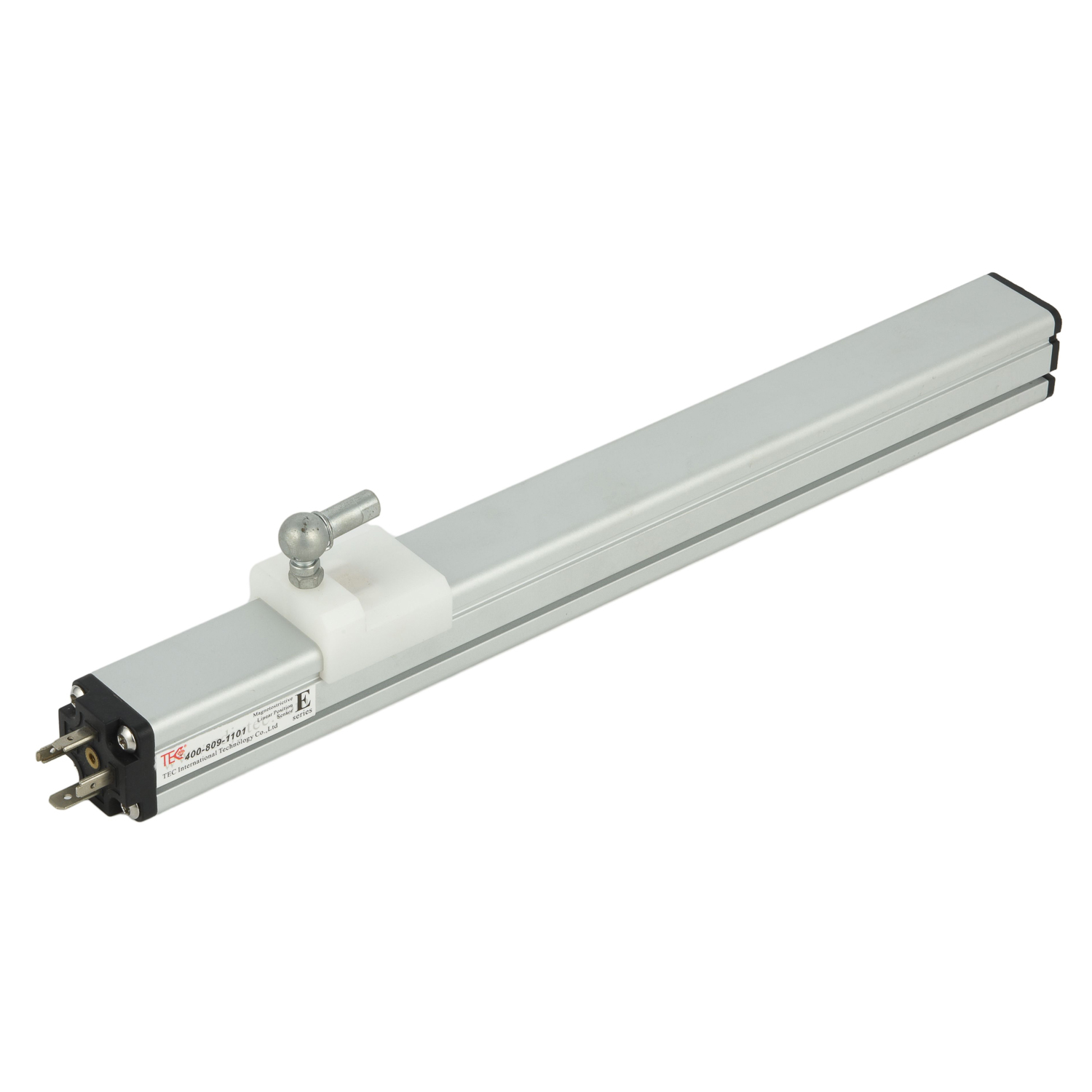What is the signal latency of magnetostrictive sensors?
Understanding Signal Latency in Sensing Technology

Signal latency, often referred to as time delay, is a critical parameter in any measurement system. It represents the time interval between when a physical event occurs and when the sensor's electronic output signal accurately reflects that change. In high-speed industrial automation and precision motion control applications, minimizing latency is essential for maintaining system stability, accuracy, and responsiveness.
Defining Magnetostrictive Sensor Latency
For magnetostrictive sensors, which are renowned for their high-accuracy position and velocity measurement, latency is defined as the total time delay from the instant the position of the target magnet changes to the moment the corresponding electrical signal is available at the sensor's output connector. This is not a single delay but a sum of several shorter delays inherent to the sensor's operating principle.
The Physics Behind the Delay: The Torsional Wave
The core operation of a magnetostrictive sensor involves the generation and detection of a torsional strain wave. When a current pulse is sent down the waveguide wire inside the sensor, it interacts with the magnetic field from the position magnet. This interaction creates a torsional wave that travels back along the waveguide at the speed of sound in the material (typically around 2800-2900 meters per second). The time it takes for this wave to travel from the magnet's location to the pickup element is a fundamental component of the overall latency.
Electronic Processing and Its Contribution
After the strain wave is detected, the signal undergoes electronic processing. This includes amplification, filtering to remove noise, and time-to-digital conversion to calculate the position based on the time-of-flight measurement. The speed of the microcontroller or specialized application-specific integrated circuit (ASIC) used for this calculation directly impacts this processing delay. Modern sensors are designed with high-speed electronics to minimize this contribution.
Typical Latency Values and Specifications
Magnetostrictive sensors are characterized by very low latency, typically on the order of microseconds to a few milliseconds. The exact value depends on the sensor's design, measurement length, and update rate. For example, a short-stroke sensor might have a latency of 100 microseconds, while a long-stroke sensor might be around 1-2 milliseconds. This specification is usually detailed in the product's datasheet as "response time" or "update time."
Factors Influencing Total Response Time
Several key factors determine the total latency of a magnetostrictive sensor. The most significant is the physical distance the torsional wave must travel; longer sensor strokes result in longer wave travel times. The sensor's electronic update rate is another major factor. A sensor updating at 1 kHz will have a maximum latency of 1 millisecond from this cycle alone, whereas a 10 kHz update rate reduces this to 0.1 ms. Filter settings can also add a small delay as they average signals to improve stability.
Impact of Latency on System Performance
In closed-loop control systems, such as those governing hydraulic cylinders or electric actuators, sensor latency can limit the system's bandwidth and potentially lead to instability if not properly accounted for. Excessive delay means the controller is reacting to old position data, which can cause overshoot, oscillation, or reduced accuracy in high-speed applications. Therefore, selecting a sensor with appropriately low latency is crucial for dynamic systems.
Comparing Latency with Other Sensor Technologies
When compared to other linear position sensing technologies, magnetostrictive sensors generally offer a favorable latency profile. They are significantly faster than most potentiometers and have lower latency than traditional LVDT sensors due to their direct time-based measurement principle. However, ultra-high-speed applications might require even faster technologies like optical encoders, though often at the expense of robustness and cost.
Minimizing Latency in Application Design
To minimize the impact of latency, system designers should select a magnetostrictive sensor with an update rate that exceeds the required control bandwidth. Placing the sensor's electronics close to the machine's main controller reduces communication delays. Furthermore, understanding the total system latency (sensor + controller + actuator) allows for better tuning of control algorithms to compensate for any inherent delays, ensuring optimal performance.
 UpgradingYourLevelMeasurementS
UpgradingYourLevelMeasurementS
 Why are magnetostrictive level
Why are magnetostrictive level
 ComparingMagnetostrictiveandRa
ComparingMagnetostrictiveandRa
 MagnetostrictiveLevelSensorfor
MagnetostrictiveLevelSensorfor
